Destinations - Where to go in Liberia
Lace up your boots or don your boardshorts. From its exquisite Atlantic coastline and fascinating Americo Liberian settler heritage to the rolling hills of the north and all the way up one of Liberia’s highest peaks, Mount Nimba, intrepid explorers will delight in the authenticity of this incredible journey of discovery to one of Africa’s last frontiers.
Discover Bomi County
Bomi County, situated in the northwestern part of Liberia, is a little paradise and the ancestral home of the Gola tribe (although at least 18 tribes live within its borders). It boasts an abundance of natural resources and was one of the first places for iron ore mining in Liberia.
Just 41 miles from the bustling capital city of Monrovia, Bomi County is a convenient destination from the capital. Bomi broke away from Montserrado County in 1983 into a separate entity. Its capital, Tubmanburg, is in the heart of the former mining lands and houses 13,144 people. Today, most of Bomi's economy is based on agriculture, and a drive through the county's farms reveals bountiful crops of cassava, sweet potatoes, plantains, and more. Bomi County is a melting pot of groups with unique customs. Be sure to try Wolor, a soup made from ground okra - it's a must for any foodie visiting Liberia.
Bomi means "light" in the Gola language, and brilliant sunlight flows through many of its natural wonders. The Blue Lake, a lake formed from an old mining pit, is a highlight for travelers to Bomi. Located in the rolling hills just north of Tubmanburg, Blue Lake displays fresh waters of the purest blue hue. The Lofa and Saint Paul rivers form Bomi County's natural borders, creating stunning bird habitats.
Discover Bong County
Nestled in the heart of Liberia, Bong County is a nature lover's paradise, with lush forests and pristine waterfalls. For those seeking a day or weekend break from the hustle and bustle of Monrovia, Bong County is the perfect destination, as it is just a few hours outside the capital on a paved road and shares a border with seven other counties.
Discover Cape Mount County
Located on Liberia's picturesque far western coast, Grand Cape Mount County is a true paradise. Home to several ethnic groups, including the Vai, Mandingo, and Gola people, this county boasts a rich history and a vibrant cultural tapestry as well as pristine beaches, perfect point breaks, wetlands, lush green forests, and waterfalls.
Discover Gbarpolu County
In the northwestern part of Liberia, Gbarpolu County, established in 2003, is the newest of Liberia's fifteen counties. Gbarpolu County has several gold and diamond mines, and the county's flag illustrates its mining past and present with a diamond. Nature lovers will be captivated by the stunning landscapes of Gbarpolu County, which boasts a diverse array of wildlife, pristine forests, and scenic waterfalls.
Discover Grand Bassa County
Welcome to Grand Bassa County, one of Liberia's original three counties. Located on the Atlantic Ocean and near the capital of Monrovia, the county is renowned for its pristine beaches, fishing, and history.
Discover Grand Gedeh County
Grand Gedeh County, located in the southeastern part of Liberia, is one of Liberia's largest counties. Nimba County borders the county to the west, Sinoe County to the southwest, River Gee County to the southeast, and Cote d'Ivoire to the north. The county is known for its forests and holds the Cavalla River, the longest river in Liberia. One of the Grand Gedeh's best-known natural attractions is the Grebo National Forest, recognized for its plant endemism and biodiversity, particularly the critically endangered western chimpanzees. The County is also noted for its rich iron ore reserves and has a history of mining.
Zwedru is the capital of the Grand Gedeh County and has a number of places to stay. If you find yourself in Zwedru, the colorful Zwedru Central Market is worth a visit. A market well known for its products from Liberia, Guinea, and Cote d’Ivoire.
Discover Grand Kru County
In the southeastern part of Liberia, Grand Kru County has vast forests, many rivers, and a beautiful coastline. Visitors can enjoy exploring the County's forests, grasslands, valleys, and the Sawleh Mountain in Dorboh Statutory District.
Discover Lofa County
Lofa is Liberia's northernmost county. Lofa consists of plains in its western half that rise to mountains in the east near the Guinean border. Mount Wuteve (Wologizi), Liberia's highest point, towers 4,751 feet above sea level. Lofa receives a very high rainfall in the summer but has even more prolonged sunshine in the winter, perfect for long walks near its beautiful rivers and creeks.
Discover Margibi County
Nestled along Liberia's central coastline, Margibi County is famed for its serene beaches and unhurried lifestyle. The area boasts wetlands, diverse wildlife, resorts, and the extensive Firestone Rubber Plantation. Kakata, the county capital, houses the Booker Washington Institute, Liberia's inaugural agricultural and vocational school, founded in 1929.
Discover Maryland County
In the southeastern part of Liberia, Maryland County has much history and beauty to explore. Visitors to this county will first be captivated by Cape Palmas. A site with natural and historical importance, this rocky peninsula was first settled in 1834 and was designated the Republic of Maryland. In 1857, it was merged into what is now Liberia.
Discover Montserrado County
Welcome to the captivating Montserrado County, where a fusion of metropolitan vitality and historical significance awaits. Serving as Liberia's dynamic engine, Liberia's capital city of Monrovia is located in Montserrado County and borders the Atlantic Ocean and the Mesurado River.
Discover Nimba County
Located in northeastern Liberia, a mere 4- to 5-hour drive away from the national capital, Monrovia, Nimba stands out as one of Liberia's most beautiful counties. Adorned with mist-shrouded mountains and verdant forests interlaced with lively butterflies and sprawling savannahs, Nimba is a true gem. It is also Liberia's second-largest county in terms of population and one of Liberia’s most prosperous counties.
Discover Sinoe County
Sinoe, the third-largest Liberian county, boasts abundant natural resources like gold, diamonds, and timber. It's characterized by a lengthy coastline with white sandy beaches, lush greenery, and waterfalls. Notably, Sapo National Park resides here, the nation's first and largest protected area.


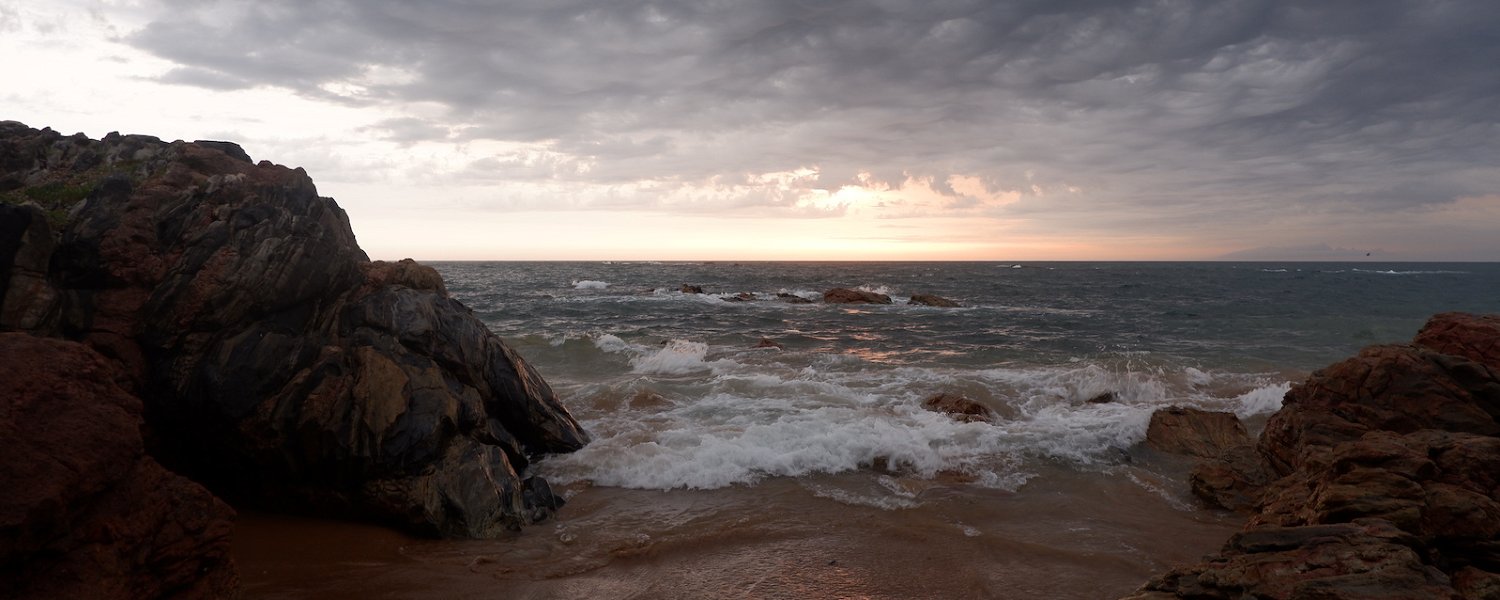
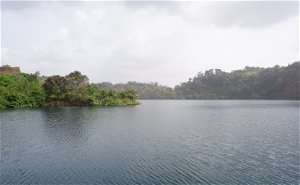
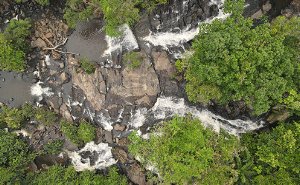
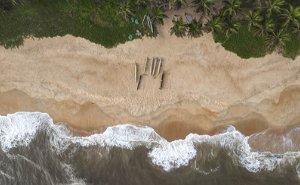
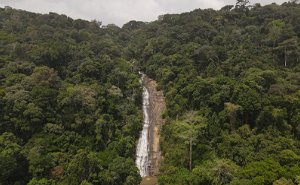
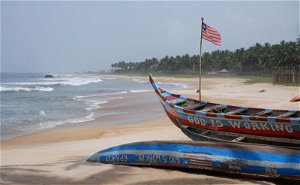
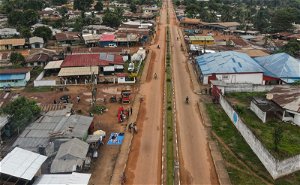
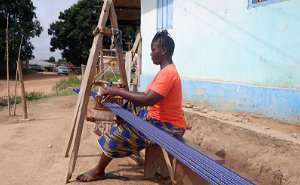
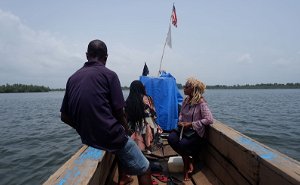
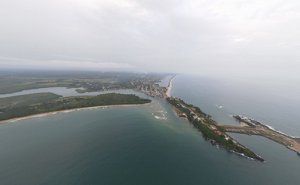
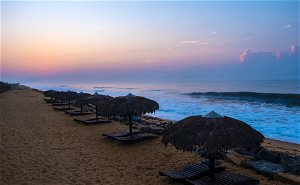
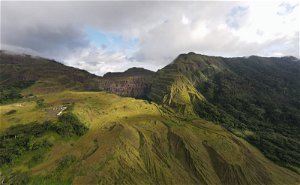
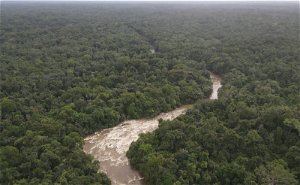
Share This Page